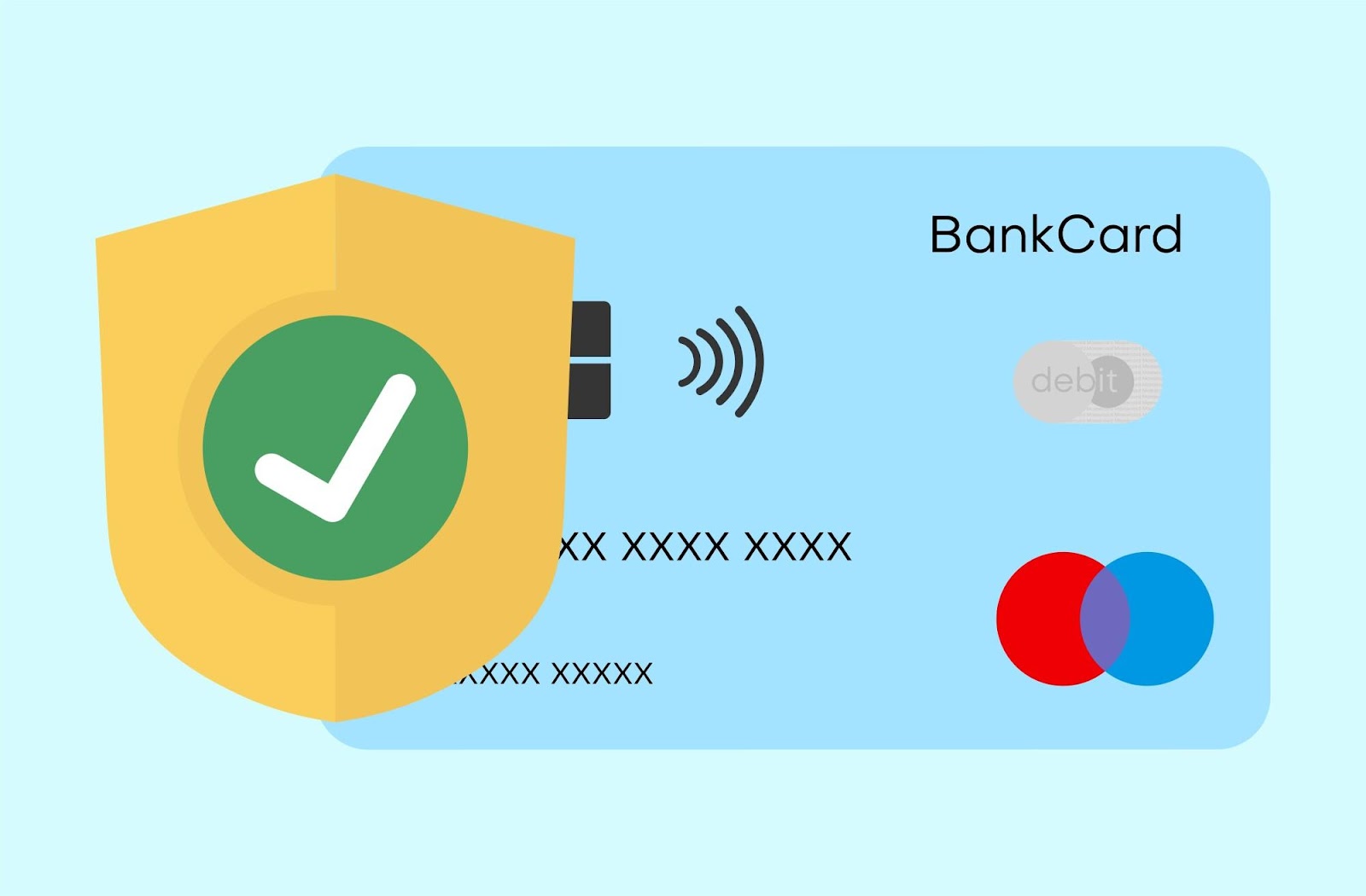How to invest in ETFs?

| etf | 33,100 |
| exchange traded fund | 33,100 |
| invest in etf | 1,000 |
Exchange Traded Fund or ETFs have been rapidly growing in popularity in India. As per AMFI, ETFs as a category, has the largest assets under management (AUM) among all categories of mutual funds in India. ETF AUM totalled Rs 4.3 lakh crores on 31st March 2022, which is almost equal to that of large cap and flexi cap mutual fund categories combined. Even though most of ETF investments in India come from institutional investors, retail and HNI investments in ETFs is also growing rapidly (64% growth in last one year ending 31st March 2022).
What is ETF?
ETFs are passive mutual fund schemes which track market indices. ETFs invest in a basket of securities which replicate a particular index. Unlike actively managed mutual fund India schemes, ETFs do not aim to beat the index, they merely track the index. The cost (TERs) of ETFs is much lower than actively managed mutual fund schemes.
How to invest in ETFs?
- ETFs are listed on stock exchanges and are traded like shares of listed companies.
- You need to have Demat and trading accounts to invest in ETFs. A Demat account allows you to store financial instruments like shares, bonds, ETFs etc in electronic form instead of physical form. You can open Demat account with designated stock-brokers. You will also have to open a trading account to buy / sell ETF units.
- You can buy ETF units from the Asset Management Company (AMC) at par or face value during the NFO subscription period.
- After the NFO closes, you can buy or sell ETFs only on the stock exchanges unless you are transacting in lot sizes, also known as creation units (we will more on this later).
- There is no lot size for buying or selling ETFs in stock exchange. You can buy or sell just one or more units of ETFs in the stock exchange. You should know that, unlike mutual funds, it is not possible to buy / sell fractional units in ETFs.
- The Net Asset Value (NAV) of an ETF is the market value of all the underlying securities of the ETFs net of liabilities (e.g. costs). Unlike mutual fund investment, where the NAVs are disclosed at the end of the trading session, ETF NAVs are real-time.
- ETF transactions in the stock exchange do not take place on the basis of NAVs. You will buy or sell ETF units based on offer or bid prices in the exchange. Offer is the price at which traders will sell ETF units to you. Bid is the price at which traders will buy exchange traded fund units from you. Bid / offer prices may be different from the NAV.
- You can sell or invest in ETF units directly with the AMC at applicable NAVs, if you are transacting in lot sizes or creation units as specified by the AMC. For example, if the lot size of an ETF is 50,000 units, you will have to buy or sell minimum 50,000 units or its multiples, if you want to transact directly with the AMC.







